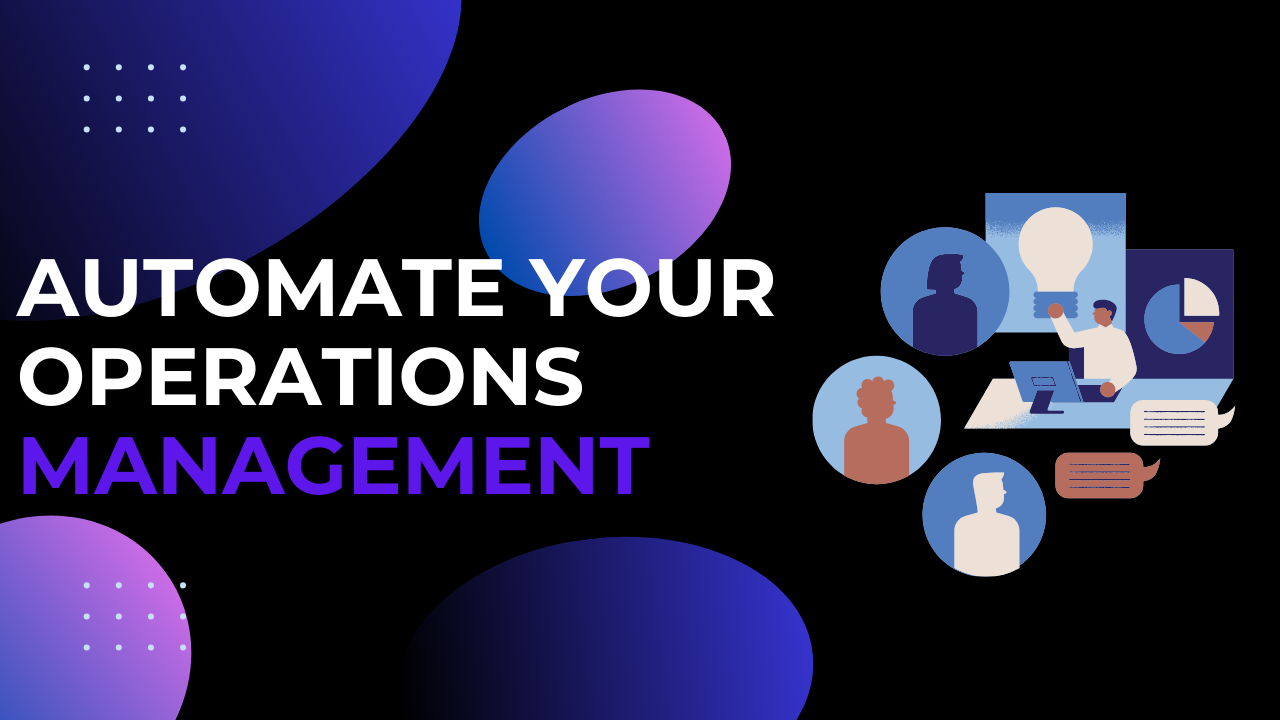Are you still battling spreadsheets, double-checking, and triple-checking numbers? Despite your best efforts, small errors still slip through, leading to hours of backtracking, redoing work, and—honestly—a lot of frustration. You’re not alone in this, Many finance teams, overwhelmed by manual processes, feel the weight of trying to keep data accurate while meeting tight deadlines.
This is where AI-driven financial automation comes into play. Automated processes do more than just speed up tasks—they eliminate the chance for small errors to snowball into costly issues. Automation can reduce error rates by up to 90%, says Deloitte.
Financial automation refers to using technology, such as software and AI, to perform repetitive financial tasks that were traditionally handled manually. In traditional finance, tasks like data entry, reconciliation, and reporting require significant manual effort, making them time-consuming and prone to errors.
Conversely, automation uses programmed rules and algorithms to handle these tasks faster and with consistency, minimizing mistakes. This shift enables finance teams to focus more on strategic decision-making than routine administrative work.
The Power of Automation: Revolutionizing Financial Processes

One of the largest global retail chains, Walmart, was dealing with similar financial errors before implementing automation in their finance and distribution processes.
Thousands of supplier invoices were generated daily, and manual processing was time-consuming, prone to errors, and led to payment delays.
To tackle this, Walmart implemented an automated invoice processing system using AI technologies.
Some critical steps that were taken to implement automation are listed below:
- Input Verification: Automated systems were implemented to cross-check invoice information with purchase orders and delivery receipts. Any inconsistencies were highlighted for manual review.
- Digital Conversion: AI-driven technology was employed to convert physical invoices into digital format. Advanced OCR software was utilized to extract relevant data from these documents accurately.
- Automated Approval Process: A streamlined approval system was implemented. It automatically directed invoices to the appropriate decision-makers based on specific, predetermined criteria.
- Automated Payments: Following approval, the system autonomously schedules payments by agreed-upon terms, ensuring timely transactions with suppliers.
- System Synchronization: The newly implemented invoice processing system was fully integrated with Walmart’s existing ERP infrastructure, facilitating smooth data transfer and instant updates.
Takeaway: Implementing automation in invoice processing systems has shown multi-metric improvement in Walmart’s success. First in terms of data entry errors and discrepancies that have been drastically reduced, with greater accuracy; then in terms of any delays in invoice processing gone down to greater speeds for payments; minimal dependence was required on manual labor, thus generating major cost savings; timely payments further strengthened supplier relationships, better terms, and fostered cooperation.
How the Power of AI is Influencing the Finance Industry
Imagine a world without delays, human mistakes, or the need for constant manual entry into financial processes. AI-driven financial automation has made this more than a fantasy. Finance teams can create accurate projections with little human involvement, detect fraud instantly, and expedite data entry by integrating AI.
Here’s how the finance industry is applying automation to its processes and in the next section you’ll learn how you can do it too in a few easy steps!
1. Data Extraction with OCR and NLP
AI-driven OCR quickly extracts data from invoices, receipts, and statements with precision, minimizing errors.
- Example: Deloitte uses ABBYY FlexiCapture to automate invoice data extraction, reducing processing time by 50%.
2. Automated Invoice Processing
AI systems validate invoice details in real-time, preventing overpayments or missed discounts.
- Example: Walmart’s AI-driven invoice processing system improved data accuracy and expedited approvals.
3. Predictive Analysis and Financial Forecasting
AI analyzes historical data to predict trends in cash flow and revenue accurately.
- Example: Amazon employs AI forecasting tools like Anaplan to optimize inventory and manage cash flow.
4. Real-Time Fraud Detection and Compliance in Finance
AI identifies anomalies to detect fraud and ensure compliance by flagging non-compliant transactions.
- Example: Mastercard uses FICO Falcon to detect fraudulent credit card activity in real-time.
5. RPA with Machine Learning for Routine Tasks
RPA automates repetitive tasks, while ML handles unstructured data and adapts over time.
- Example: Siemens uses UiPath and ML for invoice matching, reducing manual work by 60%.
Implementing Automated Financial Processes: A Step-by-Step Guide
- Conduct a thorough analysis of your system
Start by analyzing the current financial situation and processes involved in it to identify areas that are time-consuming and error-prone. According to the Harvard Business Review, assessing these areas provides insight into which processes will benefit the most from automation. In the case of Walmart, it was a delay in invoice processing and increasing error rates due to the huge amount of invoices generated. This made them implement an automated system for invoice processing.
Tools: Use process mapping tools like Lucidchart or Microsoft Visio to map out processes and identify inefficiencies.
- Choose the right tool to automate financial processes
Once the analysis is done. Choose the automation tools based on the key identified areas and the process where automation will do wonders. Choosing the right tool based on the task is crucial.
Tools: Invoicing & Accounts Payable: QuickBooks, Zoho Books
Payroll: ADP, Gusto, or Workday
Expense Management: Expensify, Concur, or Certify
- Implementing RPA for routine tasks
Use robotic process automation (RPA) for manual and repetitive tasks like data entry, statement imports, calculations, and inventory. This will save a lot of time and avoid errors.
Tools: UiPath, Automation Anywhere, Blue Prism
- Set up automated approval workflows
Manual approvals are one of the most tedious jobs. Simplifying and automating approvals for expenses, invoices, purchases, and payrolls by creating workflows that route documents for approval to the specific manager will streamline the process while reducing delays.
Tools: Zoho Creator, Kissflow
- Integrate ERP systems for real-time financial management
Using ERP systems will centralize all the financial data, enabling real-time monitoring and reducing data redundancy.
Tools: SAP, Oracle ERP, NetSuite
- Monitor and evaluate
closely monitor the automation’s performance and gather employee feedback to identify any issues that arise. This helps in making necessary adjustments to optimize the system. Regular evaluations keep the automation aligned with business goals and ensure it delivers maximum benefits.
Tools: Google Analytics
Future Trends and Emerging Technologies in Financial Automation
Further developments in AI and ML are key to the future of financial automation. It is anticipated that these technologies will advance quickly, improving automation’s accuracy, efficiency, and predictiveness. Robotic process automation (RPA) and other emerging technologies are opening the door for businesses to manage repetitive operations on their own.
Predictive analysis powered by AI, for instance, is becoming more popular in financial forecasting because it offers more precise estimates and real-time modifications. We are investigating these new technologies in order to maintain the flexibility and agility of our financial procedures in a market that is changing quickly.
AI and Machine Learning: As AI and ML algorithms advance, they will make it easier to detect fraud, evaluate risks, and manage compliance. It is anticipated that these technologies will more easily connect with ERP systems in the coming years, further automating intricate financial decision-making.
Conclusion
Businesses looking to reduce errors, save money, and increase efficiency need to automate financial procedures; it’s not simply a trend. Automation enables companies to more strategically spend resources by boosting operational workflows and compliance. Automation is a major factor in success, as seen by companies like Coca-Cola and Walmart, and with new technologies like AI and ML, there is a lot of room for innovation in the future.
It will be crucial to keep up with new automation techniques and tools as we proceed on this journey. Organizations may create the foundation for a more efficient, error-free financial future by embracing automation and its promise.










